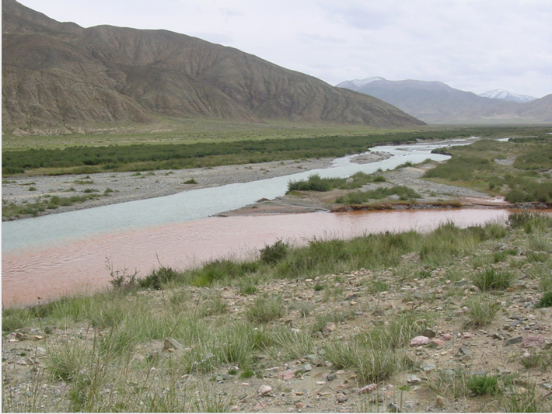Hydrologic Models and the Associated Uncertainties
Technical Papers on Calibration of Hydrologic Models and the Associated Uncertainties

Calibration of hydrologic models is very difficult because of measurement errors in input and response, errors in model structure, and the large number of non-identifiable parameters of distributed models. The difficulties even increase in arid regions with high seasonal variation of precipitation, where the modelled residuals often exhibit high heteroscedasticity and autocorrelation.
1) Hydrological modeling of the Chaohe Basin in China: Statistical model formulation and Bayesian inference
Calibration of hydrologic models is complicated because of measurement errors in input and response, model structure errors, and many non-identifiable parameters of distributed models. The difficulties even increase in arid regions with high seasonal precipitation variation, where the modeled residuals often exhibit high heteroscedasticity and autocorrelation. On the other hand, water management support by hydrologic models is vital in arid regions, mainly if there is increasing water demand due to urbanization. The use and assessment of model results for this purpose require careful calibration and uncertainty analysis. Extending earlier work in this field, we developed a procedure to overcome (i) the problem of non-identifiability of distributed parameters by introducing aggregate parameters and using Bayesian inference, (ii) the problem of heteroscedasticity of errors by combining a Box-Cox transformation of results and data with seasonally dependent error variances, (iii) the problems of autocorrelated errors, missing data and outlier omission with a continuous-time autoregressive error model, and (iv) the problem of the seasonal variation of error correlations with seasonally dependent characteristic correlation times. The technique was tested with the calibration of the hydrologic sub-model of the Soil and Water Assessment Tool (SWAT) in the Chaohe Basin in North China. The results demonstrated the good performance of this approach to uncertainty analysis, particularly concerning the fulfillment of statistical assumptions of the error model. A comparison with an independent error model and with error models that only considered a subset of the suggested techniques clearly showed the superiority of the approach based on all the features (i)–(iv) mentioned above.
